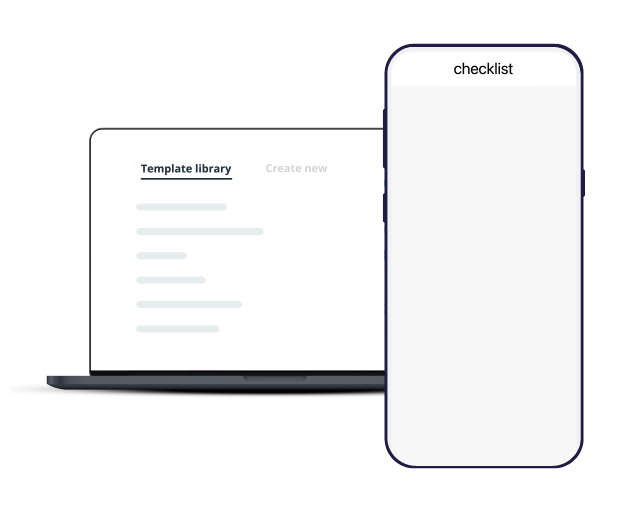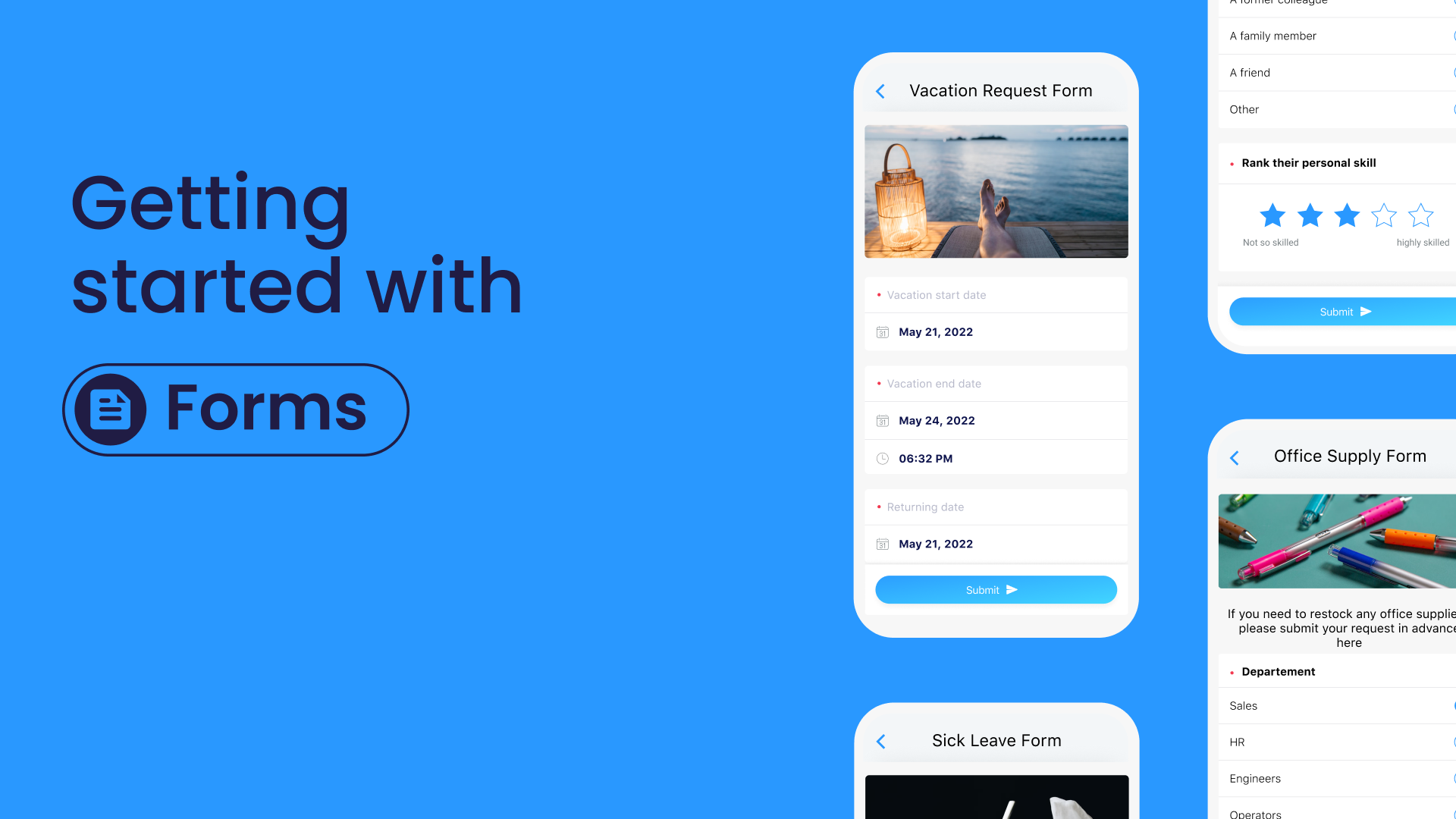Tailor this dress code policy to suit your company’s needs and use it as a starting point for creating your own.
Dress Code Policy Template

Make work flow with Connecteam’s digital forms & checklists
- Easily create digital forms and checklists for any task your team needs to complete on the job
- Boost accountability by having employees add a signature, image, or location stamp
- Save time by choosing from a variety of ready-made templates
- Instantly receive your team’s submissions and share reports within your organization
- Use AI to convert PDFs, Excel files, or images into digital forms in seconds—no manual work needed

Dress Code Policy Template
One of the sections of your employee handbook should include a detailed dress code policy so that your employees know how to dress when they’re on the clock.
A Dress Code Policy is essential for maintaining a professional and cohesive work environment.
It sets clear expectations for employees regarding appropriate attire, helping to foster a positive company image and ensuring that employees present themselves in a way that aligns with your company’s values and standards.
Use the template below and adapt it to reflect your company’s specific dress code guidelines.
Dress Code Policy Template
Policy Purpose
This Dress Code Policy outlines the standards for professional appearance at [Company Name]. Employee appearance plays a critical role in how we’re perceived by clients, partners, and the public. This policy ensures that all team members represent the company consistently, professionally, and respectfully. We aim to allow reasonable expression of individual identity within our standards.
Scope
This policy applies to all employees, contractors, and temporary workers at [Company Name], regardless of location or department.
General Guidelines
All employees are expected to:
- Dress in a manner appropriate for their role, environment, and level of client interaction.
- Wear clothing that is clean, in good condition, and fits properly.
- Maintain good personal hygiene and grooming habits.
- Avoid clothing that is revealing, excessively worn, or disruptive to the work environment.
- Refrain from wearing attire with offensive, political, or controversial images or language.
- Comply with any department- or role-specific uniform or dress code instructions.
We recognize and respect dress and grooming practices based on religion, ethnicity, or culture, as long as they do not conflict with safety, health, or legal requirements.
Dress Code Standards
Our company follows a [Business / Business Casual / Smart Casual / Casual] dress code by default. Managers may provide additional guidance for specific departments or events.
Business Professional (Client-facing, formal roles, external events)
- Men: Suits or dress pants with dress shirts and ties, dress shoes.
- Women: Suits, blazers, tailored dresses, skirts, blouses, closed-toe shoes, heels or flats.
Business Casual (Office roles, internal meetings)
- Men: Collared shirts, polos, sweaters, chinos or dress pants, loafers.
- Women: Blouses, sweaters, skirts, slacks, dresses, closed-toe shoes, dress sandals.
Smart Casual (Creative teams, flexible offices)
- Neat jeans or khakis, tucked-in shirts or blouses, clean sneakers or flats, minimal accessories.
Casual (Non-client-facing, field roles)
- Jeans, clean T-shirts or polos, casual shoes or boots.
- Not allowed: Flip-flops, gym wear, crop tops, tank tops, or pajamas.
Role-Specific and Event-Based Exceptions
- Client-facing roles should default to [Business / Business Casual / Smart Casual / Casual] attire.
- Field or industrial roles must follow any PPE or safety-related dress requirements.
- Special events may call for more formal attire.
Grooming and Appearance
- Hair: Should be clean, neat, and styled appropriately for the role.
- Facial Hair: Allowed, but must be well-groomed and tidy.
- Tattoos and Piercings: Permitted as long as they are not offensive or disruptive. Management may require coverage depending on role or client preferences.
- Fragrance: Avoid excessive perfumes or colognes, especially in shared or scent-sensitive environments.
Footwear
- Footwear must be safe and appropriate to the role.
- Open-toe shoes, sandals, or heels may be prohibited in certain areas for safety reasons.
- Athletic shoes are allowed where dress codes permit and when clean and in good condition.
Company-Issued Uniforms or Branded Apparel
Employees in departments with uniforms or branded gear are required to wear them as instructed. Uniforms must be kept clean, presentable, and in good condition. Any lost or damaged uniforms should be reported to the appropriate manager.
Dress Code Violations
Dress code non-compliance may be addressed as follows:
- First Violation: Informal reminder or coaching from supervisor.
- Second Violation: Formal warning and documentation.
- Ongoing or Serious Violations: May result in being sent home to change or further disciplinary action, up to and including termination.
Immediate corrective action may be taken if an employee’s attire presents safety risks, disrupts the workplace, or causes reputational harm.
Policy Review and Contact
This policy will be reviewed regularly to ensure it remains relevant and appropriate for our work environment. Updates may be made as business needs evolve.
For questions or clarification about this policy, contact [HR Department / Manager Name / Email].
Effective Date: [Insert Date]
Last Reviewed: [Insert Date]
Approved By: [Insert Approver Name]
📚 This Might Interest You:
What Is A Business Casual Dress Code? Tips and Examples For 2025
Watch the video below to see it in action:

Ready to boost your efficiency with our pre-made templates?